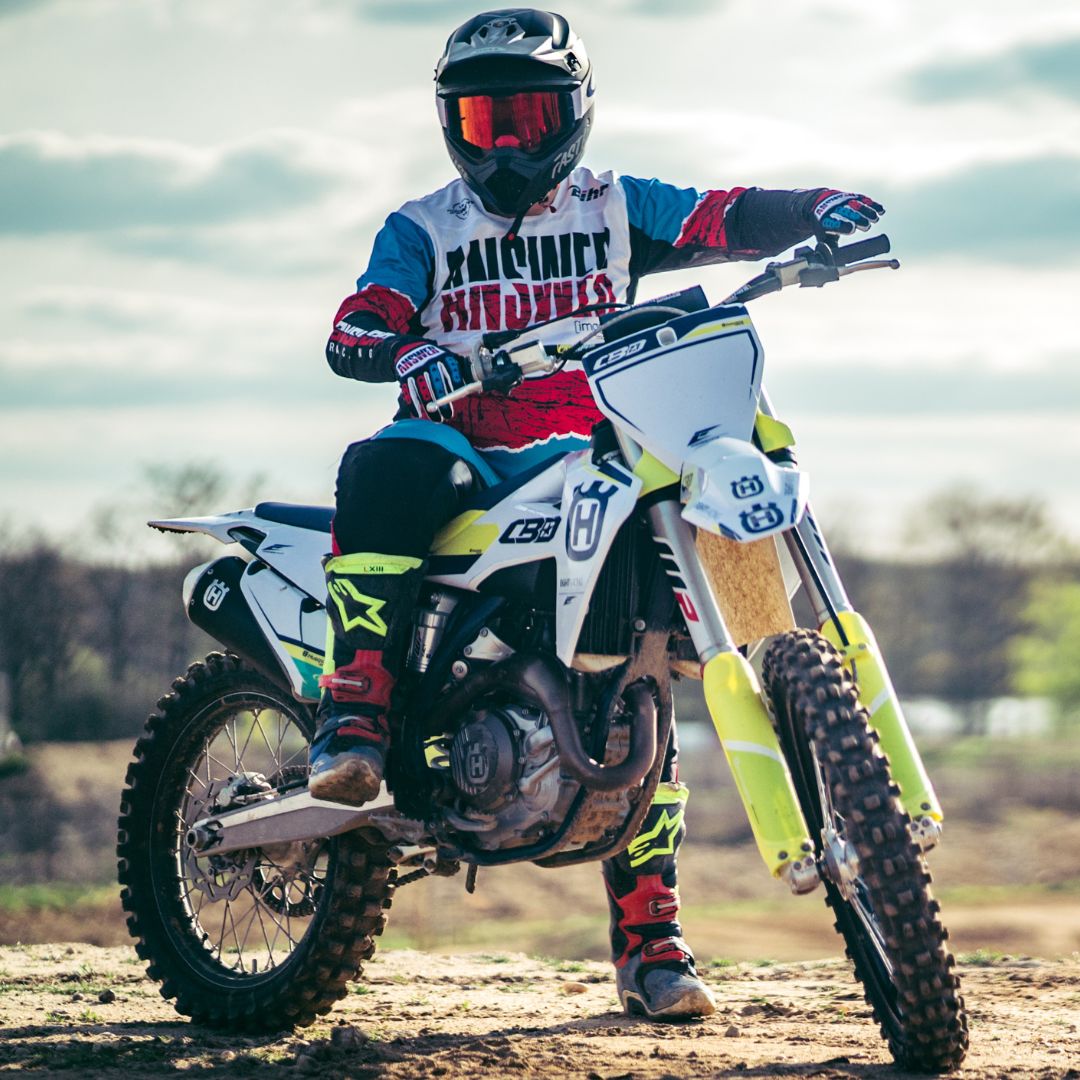
Update: 23.4.25
Transitioning your child from an electric ride-on to a petrol-powered vehicle is a big step — one that comes with excitement, responsibility, and a bit of preparation.
As parents, we aim to nurture our children's growing interest in more dynamic ride-ons, but it’s essential to make that transition safe, informed, and smooth.
In this complete guide, we'll explore how to introduce petrol ride-ons confidently, highlighting safety tips, environmental awareness, and practical advice every parent should know.
What Is a Petrol Ride-On and Why Consider One?
Petrol ride-ons are powered by small petrol engines and are designed for older children, typically aged 8 and above. They include cars, motorbikes, quads, and buggies — all offering a more thrilling experience than electric models.
Why Safety Comes First
Teach Awareness and Respect
Petrol ride-ons are louder, faster, and more complex to operate than electric toys. It’s crucial your child understands how to handle them responsibly.
Age and Weight Guidelines
Always follow manufacturer recommendations. Most petrol ride-ons are suited for ages 8–16, with adult supervision strongly advised.
Environmental Awareness
Electric vehicles are more environmentally friendly due to lower emissions. It’s worth having a conversation with your child about responsible vehicle use and sustainable choices.
Practical Tips for a Smooth Transition
Choose the Right Petrol Ride-On
- Cars: For kids who enjoy realistic driving experiences.
- Motorbikes: Great for confident two-wheel riders.
- Quads: Perfect for off-road fun and stability.
- Buggies: Ideal for speed, space, and terrain control.
Practice Makes Perfect
Start in a safe, open space. Teach your child the basics — throttle, brake, steering, and how to shut the engine off quickly if needed.
Understand Controls and Features
Introduce them to the dashboard and control panel. Go over lights, gear shifting, and safety switches step by step.
Supervision is Key
Never leave your child unsupervised on a petrol ride-on. Guide them through their early rides and encourage responsible habits.
Fueling and Maintenance Basics
Learning to Refuel
Teach your child about fuel safety. Emphasise turning off the engine before fueling and never handling petrol near heat sources.
Know the Terrain
Help your child understand where it’s safe to ride — open gardens, dirt tracks, or dedicated areas. Avoid public roads or busy areas.
Keep It in Top Condition
Introduce them to basic maintenance like checking oil, air filters, and general cleanliness. It’s a great opportunity to instill responsibility and pride of ownership.
Managing Noise and Vibration
Petrol ride-ons are noisier than electric models. Help your child acclimate to engine sounds and vibration. Ear protection may be helpful for some kids.
Wrap-Up: Making the Leap
With the right preparation, transitioning to a petrol-powered ride-on can be an amazing milestone in your child’s journey.
From choosing the right vehicle to instilling safe riding habits, you’re setting them up for both fun and responsibility.
FAQs
What age is best to switch to a petrol ride-on?
Most petrol ride-ons are designed for ages 8 and up. Consider maturity and coordination too — not just age.
Are petrol ride-ons safe?
Yes — with proper training, supervision, and safety gear. Stick to open spaces and follow the manufacturer’s guidelines.
How do you refuel a petrol ride-on?
Always turn the engine off first. Fill slowly and store fuel safely. Never allow a child to handle petrol without an adult.
How often should I maintain it?
Check oil, brakes, and filters monthly. Follow the brand’s service intervals to keep the vehicle running smoothly.
Ready to Make the Shift? 🏁
Check out our full range of Kids' Petrol Ride-Ons and find the perfect upgrade for your young thrill-seeker.
Have questions? Our friendly team is just a click away — contact us or start a Live Chat today!








Share:
At What Age Can Kids Start Go Karting?
What Is The Best Battery Operated Kids Car?